If you don’t know how to choose recipes, your meal planning will be off to a bad start. Learn how to find ones that you’ll actually make.
Do you…
- have Pinterest boards filled with recipes you’ve never tried?
- buy food for recipes you never make?
- have a fridge full of food but nothing to eat?
Then you are in the right place! In this blog post, I’ll show you how to choose recipes you’ll actually make.
The trick to knowing how to choose recipes isn’t about what you do while you search, but rather what you do before you search. It’s the key to setting yourself up for meal planning success.
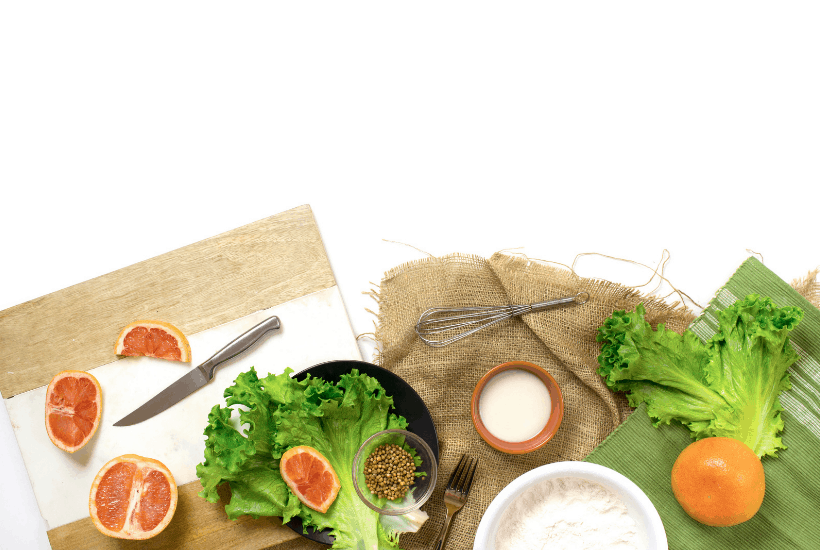
How To Choose Recipes
I believe that the only way to meal plan well is to do it yourself and not rely on someone else’s meal plan and grocery list.
“Give a mom a meal plan and you feed her family for a week. Teach her how to meal plan and you feed her family for a lifetime.” – Me
I couldn’t possibly tell you what to make because there are so many preferences, intolerances, allergies, and opinions. There are also different culinary skills, budgets, and time restraints. There’s no one-size-fits-all (or one-size-fits-many) approach to what recipes to make.
So the focus of this blog post is to help YOU figure out how to find the best recipes for your lifestyle.
RELATED: 5 Simple Meal Planning Tips That’ll Make Your Life Easier
Before You Search
1. Set boundaries.
Setting boundaries is such a buzzword, but in this case, you’re setting boundaries with yourself. You need to be careful that you don’t take on too much, like choosing complicated recipes that you don’t have the time to cook. Remember that the best recipes are the ones you’ll actually make and eat.
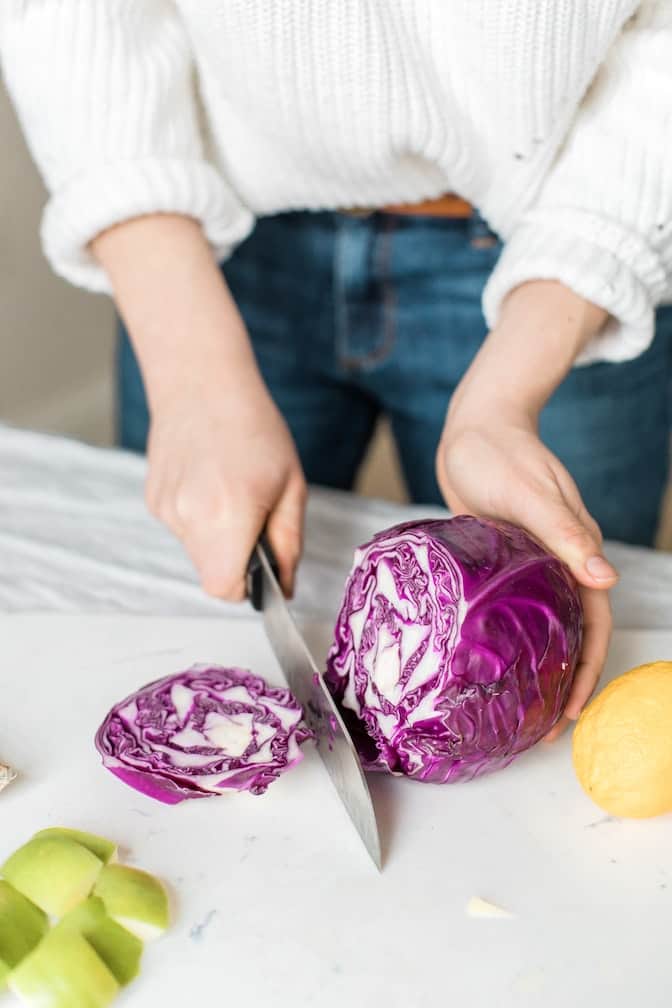
Here are some questions to think about:
- What are your cooking abilities?
- Do you want to learn new cooking methods and more complicated recipes?
- How much time are you willing to spend on prep? On cooking? On cleanup?
- What work, social, travel, or kids’ activities affect when/if/how you cook?
- What kitchen appliances, utensils, and pots and pans do you have to make recipes? Do you need to buy anything else?
- How many times per week do you plan on cooking? Eating leftovers? Eating out?
- What are a few backup meals you will have at home?
- What objections will your family have to the recipes you choose?
- What is your #1 priority for recipes? For example, healthy, simple, budget-friendly.
Be honest and realistic because otherwise you’re just wasting your time, money, and sanity.
2. Determine how many recipes you need.
You actually need less than you think! Sorting through a lot of recipes is overwhelming. Take a minimalist approach to your recipes and choose just enough so that you don’t get bored.
For example, if you cook five nights each week, then you need just 20 main dish recipes to get through four weeks without making the same thing twice.
3. Build your recipe box one meal at a time.
I recommend searching for recipes for one meal first. Don’t try to overhaul everything all at once. Dinner seems to be the hardest one for people, so start by searching for just dinner recipes.
Consider eating the same few things for breakfast, lunch and snacks while you work on gathering more dinner recipes. Then move on to other meals of the day.
4. Come up with a list of descriptive search terms.
When you’re searching Google or Pinterest for recipes, use descriptive words to type in exactly what kind of recipe you want to make. For example, it’s much better to type in “easy dairy-free Chinese chicken Instant Pot dinner” than just “chicken dinner recipes” because the results will be so much closer to what you’re looking for.
In the blogging world, we call these “long-tail keywords.” And bloggers are including all those descriptive keywords in their blog posts because they want to show up in your search results. They’re waiting to be found, so go find them with descriptive searches!
But if you don’t know what you’re looking for, something like “chicken dinner recipes” is a good start. 😉
You can even use this approach when asking family and friends or looking through shelves of cookbooks at the bookstore. If you text a friend asking for a recipe, tell her exactly what you want. And if you’re at Barnes & Noble browsing the cookbook aisle, pick a phrase like “paleo” or “slow cooker” so you can look more quickly.
Where to Find Recipes
My top places to find recipes are Google and Pinterest because I can be very descriptive in my search. But there are other places you can look for recipes!
1. Google and Pinterest.
Use descriptive search terms.
2. Try a new recipe from a favorite food blog.
When I really got serious about setting up a meal planning system, I already had a few recipes that I had tried from various food blogs. Once I found one recipe that we liked, I made others from the same blog. Chances are if one worked, others will, too. A few of my favorite food bloggers are The Real Food Dietitians, Cookie + Kate, and A Pinch of Yum.
3. Ask your friends and family.
We look to strangers on the Internet for pretty much everything, but we often don’t ask the people closest to us. If you can’t cook, I wouldn’t ask your friend who went to culinary school for her Beef Wellington recipe. But your frazzled friend with the oft-used slow cooker? She might have the perfect recipes for you!
4. Flip through cookbooks.
If you don’t have any, head to the library or the bookstore. Grab a coffee and peruse the shelves. Just be careful not to spill on the books. (Sorry – I’m a librarian’s daughter.)
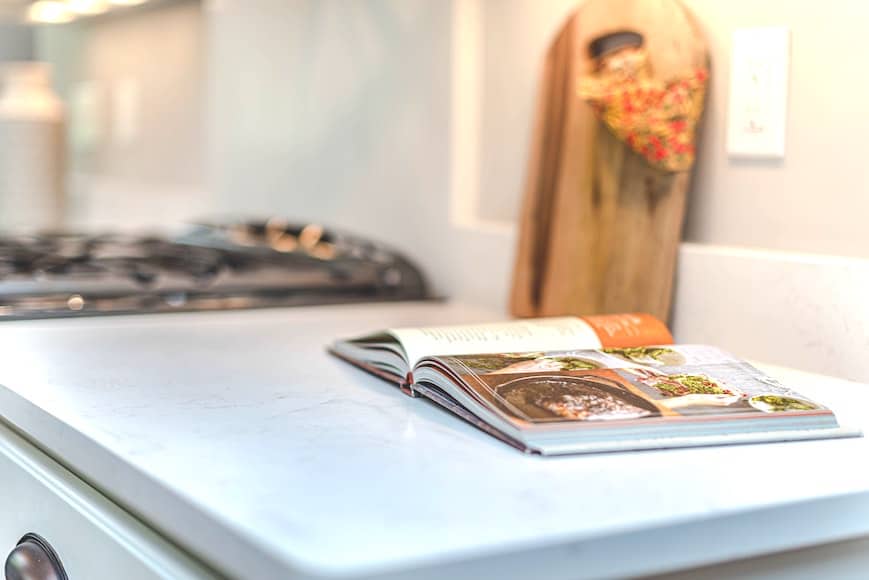
5. Re-use recipes from a meal subscription service.
If you’ve tried a meal subscription service in the past and have saved the recipe cards, simply re-use one that you liked.
6. Scroll through Instagram.
Food pictures are some of the best pictures. See something you like? Head to the blog for the recipe!
7. Use a meal planning app that provides recipes.
These apps can be a great resource for finding recipes, but I don’t recommend relying on them to plan your whole week.
During Your Search
These are the steps I make during my search for recipes.
1. On Pinterest and Google, look for recipes with ratings and the number of ratings.
You don’t have time to try an untested recipe. I look for recipes with at least four stars and 10 reviews.
2. After you click on a recipe, review the ingredients and instructions.
Scroll past all the fluff and get to what you need to know. How long will it take you to prep the ingredients? Cook them? Clean up? Do you have all of the necessary equipment? Are there exotic ingredients that will be hard to find? WILL YOU ACTUALLY MAKE THIS RECIPE? If not, move on.
3. Read the comments.
This is a great place to find out what people liked or didn’t like about a recipe. Be aware that it can be a time suck if you aren’t careful.
4. Save your recipe in the Plan To Eat App.
Plan To Eat provides a simple way to import recipes and organize shopping lists. It’s the best app I’ve found for meal planning.
Plan To Eat offers a 30-day free trial, no credit card required! If you love it even half as much as I do, you can sign up for a subscription for $4.95 per month or $39 per year. (And be sure to take advantage of their Black Friday sale, which is the only time of the year when they offer a sale!)

After Your Search
Knowing how to choose recipes is just one step in the meal planning process. Check out my blog post, 5 Simple Meal Planning Tips That’ll Make Your Life Easier, for more meal planning help!
And remember, you can do everything right and the recipe still might flop. Sometimes I think a recipe is going to be a winner, and it just doesn’t work for us.
Final Thoughts On How To Choose Recipes
Meal planning is one of those necessary evils if you want to eat healthy, and save money, time, and stress. Knowing how to choose recipes that you’ll actually make is the first step toward success.
RELATED ARTICLES:
This blog post explains how to choose recipes that you’ll actually make.
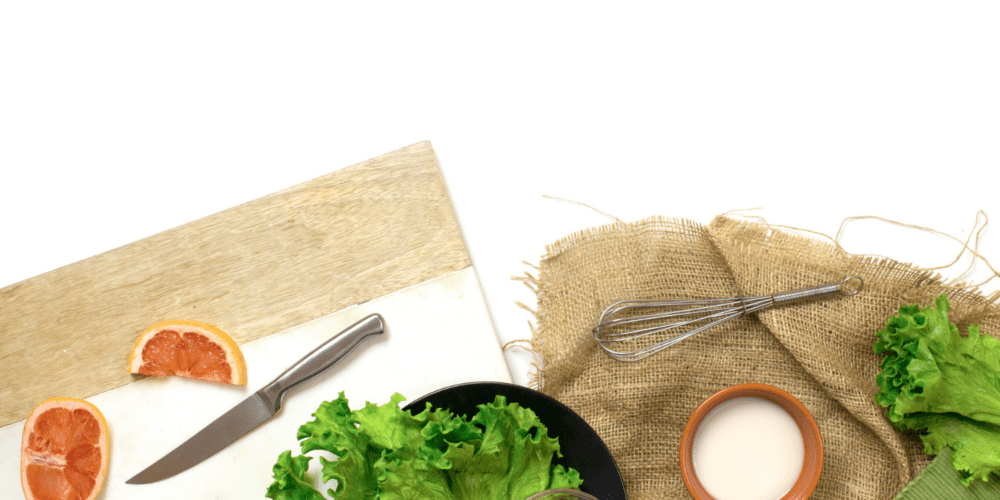
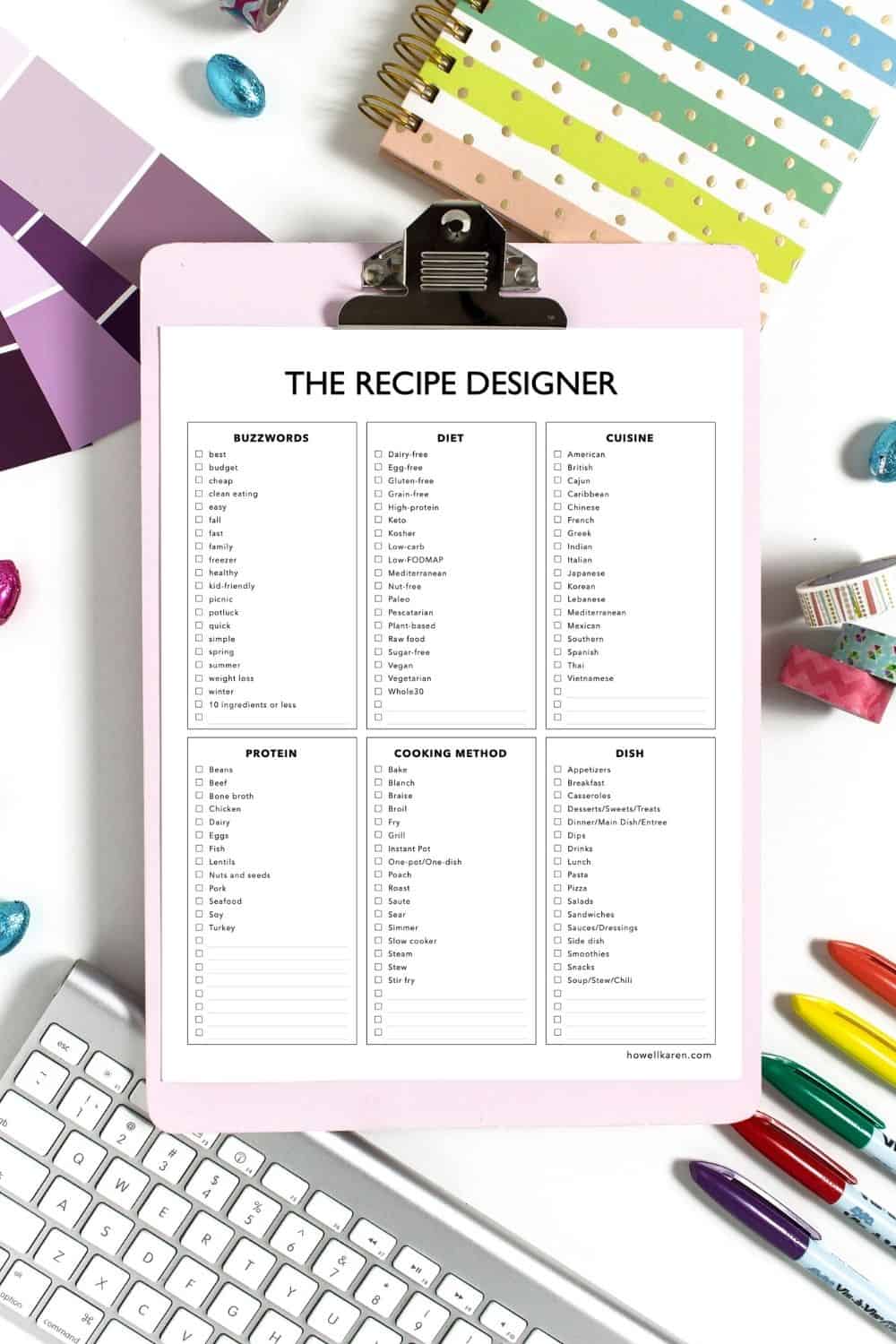
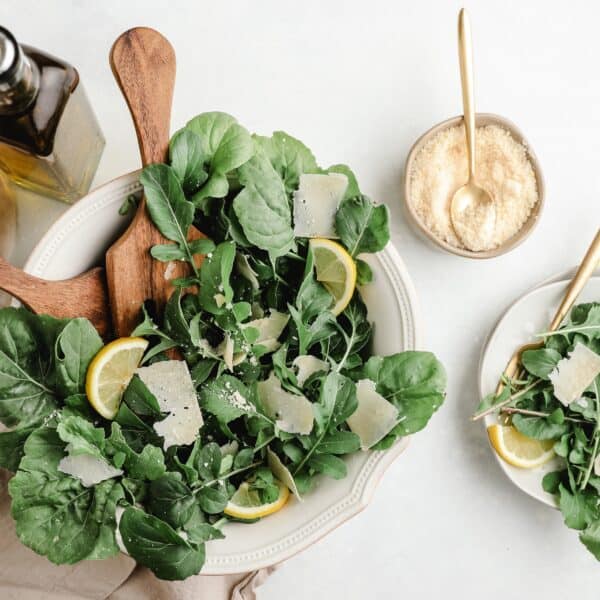


Leave a Reply